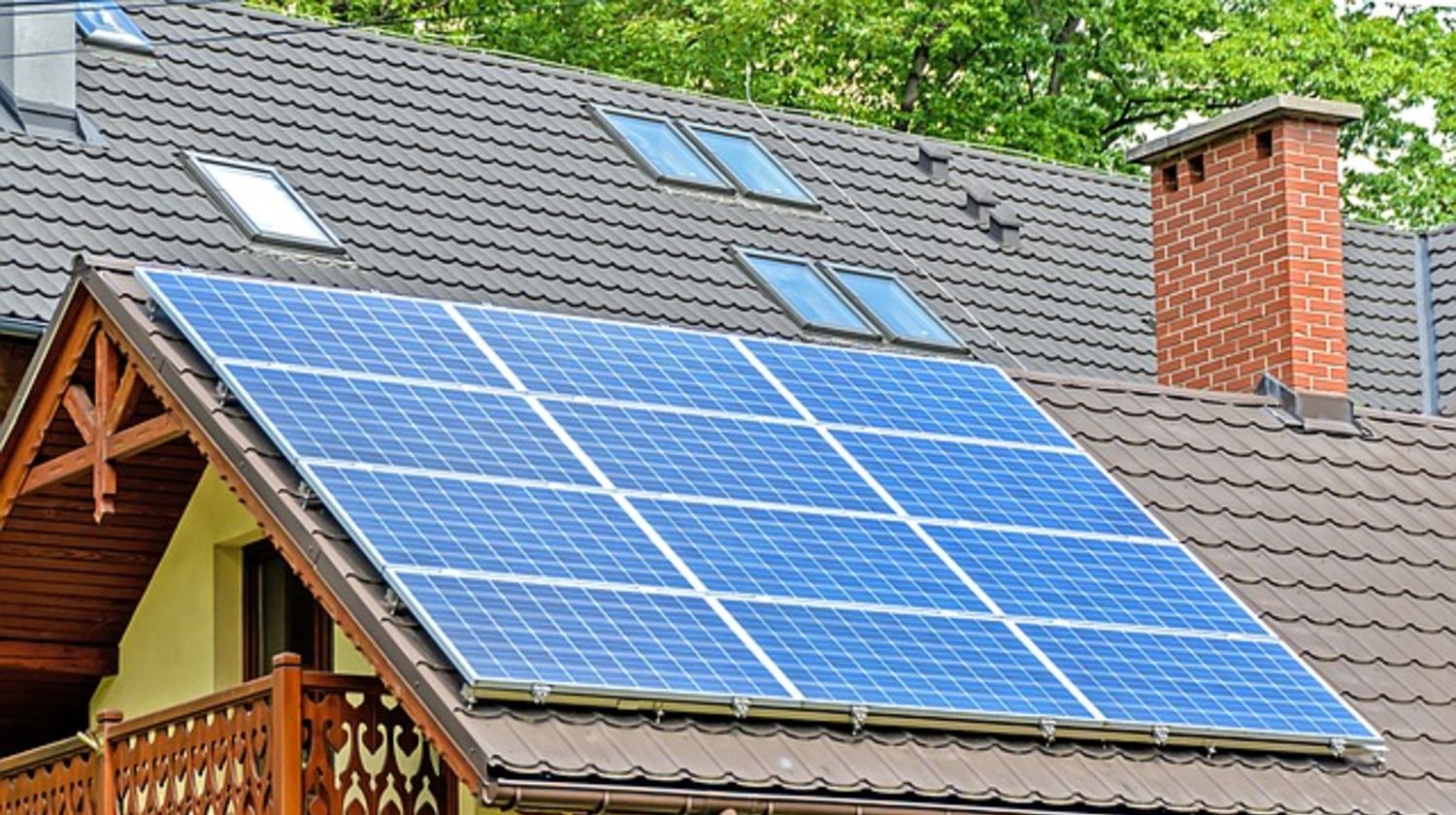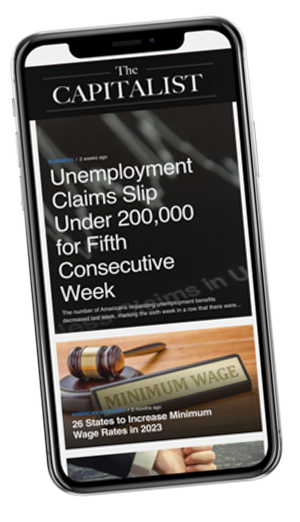How To Guides
How To Invest In Solar Energy

 Solar energy is currently among the fastest growing energy sectors on a global scale. Affordability has been key to the widespread adoption of solar energy in India, Africa and other places with remote regions and damaged or otherwise limited electrical infrastructures. Industry growth has been phenomenal in many developing nations, a growth pattern that is expected to continue.
Solar energy is currently among the fastest growing energy sectors on a global scale. Affordability has been key to the widespread adoption of solar energy in India, Africa and other places with remote regions and damaged or otherwise limited electrical infrastructures. Industry growth has been phenomenal in many developing nations, a growth pattern that is expected to continue.
India, for example, has 300,000,000 people still without access to affordable electrical power, including remote villages and the urban poor. However, that is rapidly changing and solar energy is a big part of that change. Indeed, the expected rate of growth for India's solar power industry is 250 percent this year alone. Major projects have led to a real solar power boom in India.
The nation is now home to the first fully solar powered airport and will soon have the world's largest solar power station. The Solar Energy Corporation of India has a 50 percent share in that project, which is planned to be complete and fully operational in 2017. Indian Prime Minister Narendra Modi recently approved plans to create 50 solar cities throughout the nation. India will soon be a world leader in solar energy adoption.
With high energy costs prodding consumers to look for alternatives and new business models that take deliberate aim at barriers to solar energy adoption, there has been significant growth in the American market as well. In the United States, according to the Solar Foundation’s National Solar Jobs Census 2014, employment in the solar industry has grown by 86 percent over the past five years. There is major solar energy growth potential on the American horizon too.
The U.S. Department of Defense is working toward meeting a commitment to supply 25 percent of its energy needs from renewable energy sources by 2025. The Navy and Marines have set even higher goals, seeking to supply 50 percent of their needs by 2020. Solar energy plays a big role in the achievement of the military's ambitious energy goals. Fifty-eight percent of the renewable energy projects taking place in the five branches of the military between 2013 and 2017 utilize solar energy.
Invest With The Right Perspective
There is a lot going on in the solar industry. The industry is going through rapid changes as it matures. Solar technologies are still evolving and improving, thanks in part to the revenues of greater demand funding research and development. Innovative business models, along with better, more efficient technologies, in turn, fuel further demand and help push prices down. These are all positive changes, serving to strengthen and grow the industry as a whole while providing solid benefits for consumers.
In terms of investment, however, the story has been a bit different. A few of the early solar companies failed spectacularly and gave way to a new crop of upstarts. In the last quarter of 2014, many publicly traded solar companies saw stock prices fall 10 to 20 percent. Earnings have fluctuated some in 2015. However, watching short-term stock price movement is not the correct investment perspective for solar energy.
A certain degree of instability is to be expected in a new industry as it progresses to maturity. The early automotive industry, for example, experienced a similar pattern. Yet, once that new travel technology became affordable, gained wider acceptance and the industry matured, the automotive industry went on to produce remarkable returns for investors. With nations across the globe making huge strides in adopting solar power, this, too, is an industry full of potential for consumers and investors alike.
It should be noted, however, that there is still significant risk involved in solar energy, particularly in investing in the stocks of individual companies and investing in solar industry start-ups. Solar is a good choice for the millennial generation, as they are farther from retirement, leaving time for recovery in the wake of market fluctuations, and for those well off enough to withstand the bit of market instability that will play out as this industry matures. In terms of returns, solar energy should be viewed as more of a long term investment. Patience can be a rewarding virtue.
Multiple Investment Angles
While the most obvious solar power investment move is to invest in companies that are producing solar panels, that is far from the only solar investment angle. In addition to the direct manufacture of solar equipment, industries that provide the materials for the making of that equipment also have growth and investment potential. Those raw materials include metals, such as copper, silver, indium and cadmium. In addition to solar panels, solar energy systems also require energy storage capacity.
Energy is typically stored in batteries for use at night or on overcast days. The sort of deep cell batteries used to store that energy also require metals for their manufacture. Increased demand for solar energy use will probably push prices upwards for those metals. Transforming the energy for household or commercial use requires the use of a power inverter. SolarEdge is one of many companies producing this type of equipment. Many of these are private companies, but some, like SolarEdge, are making the transition to being publicly traded.
Solar energy providers offer another investment angle. These businesses hit the market with a whole new type of solar energy business model, one that radically increased demand by removing the primary obstacle to solar energy adoption and industry growth. While many people were supportive of solar energy and recognized the financial advantages of using it, the up-front cost of the equipment was a major barrier. Indeed, it proved an almost insurmountable barrier to those who could benefit most from solar power's cost efficiency.
That new wave of solar energy companies lifted that initial start-up cost burden from the consumer's shoulders. Some companies lease equipment to their clients and set up their home systems. Others install and maintain the equipment and provide power to their clients at a contract fixed rate well below what they were paying their local utility company for power. Many systems are integrated into the grid, with further revenues garnered by selling excess power to the utility companies.
These companies pushed serious industry growth, as people who wanted solar but were locked out of the market due to the high initial investment took advantage of the chance to go solar at a price they could afford. In northern California, once local companies became established, the demographic group that saw the fastest increase in solar adoption was senior citizens on fixed incomes. These solar energy as a service sort of companies continue to experience growth and can offer good investment opportunities.
Yes, Crowd-Funders Are Here Too
The crowd-funding of solar industries and projects opens additional investment opportunities to those able to accept higher risk. Solar projects can vary from the set up of community solar energy systems to the financing of individual solar systems to setting up regional manufacturing plants. Through crowd-funding, people can invest in start-up solar industries or help solar-related small businesses expand, using either a simple loan plus interest model or by investing funds and receiving equity in a business.
The First Step
As with any investment, your first step in investing in solar power should be to educate yourself about the industry. Make sure you understand the basics about how solar energy is produced, stored and used. Look for indications in the market that have the potential to impact demand and industry growth, whether you are looking at investing in the manufacturing sector, raw materials, companion industries, such as those manufacturing energy conducting equipment or specialized goods, or in solar power providing companies. You may even decide that your first solar investment should be to go solar yourself.
Growth Potential And Risk
After you gain a better understanding of the industry, you'll be better able to recognize and assess its growth potentials, global and domestic. However, despite the fact that, as things stand now, there is clearly serious growth potential in the solar power industry, remember that there is also significant risk. There are a lot of young companies driving growth right now. Young companies are more vulnerable in general. It is essential to do your due diligence before making your investments and to choose the companies you invest in with great care. Watch for overall performance and mature financial management, qualities of companies that are likely to last.



